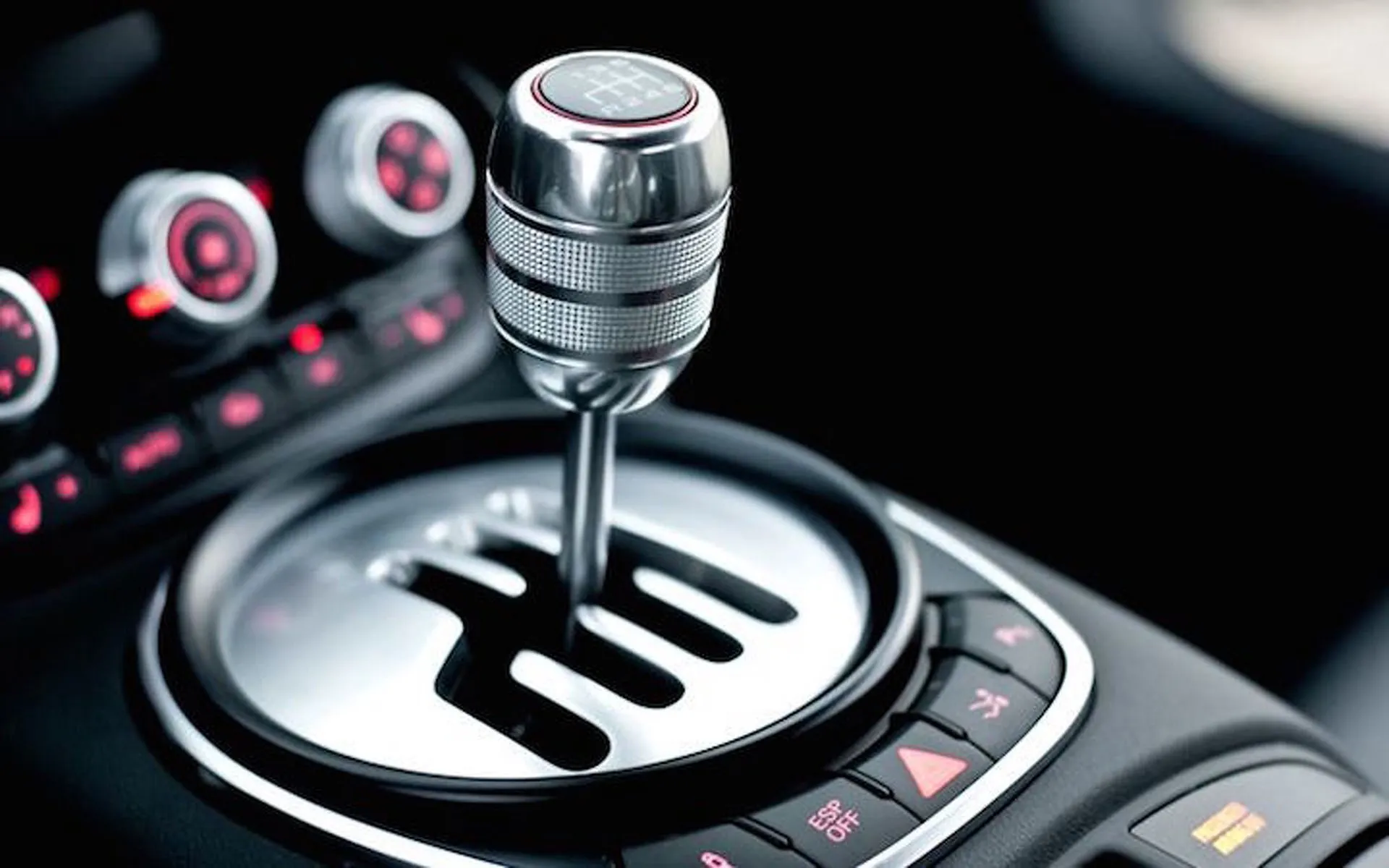Manual cars are becoming increasingly difficult to find on UK roads. In fact, 70% of new cars sold in the UK are manual transmissions. If you’re in the market for a new car and have your heart set on a manual transmission, you may be wondering how to drive one. Here’s a step-by-step guide on how to do it.
The basic principles of driving a manual car are actually quite simple. The complicated part is getting the hang of using the clutch and shifter simultaneously while also paying attention to the road. It takes practice, but once you get the hang of it, it’ll be like second nature. Here’s what you need to do:
Step 1:
Put the car into gear. With your left foot, depress the clutch pedal all the way down to the floor. At the same time, use your right hand to move the shifter into first gear. When you let off the clutch pedal, you should feel the engine engage and start pulling the car forward. If done correctly, you should be able to ease off the clutch pedal without feeling any jerking or lurching from the car.
Step 2:
Get up to speed and shift into second gear. Depress the clutch pedal again and use your right hand to shift into second gear. You can let off the clutch pedal slightly before engaging second gear so that there’s less stress on the engine. Once you’ve shifted into second gear, you can start letting off the clutch pedal more and more until you’re only depressing it halfway.
Related: How Much Coolant Should Be in the Overflow Tank?
Step 3:
Shift into third gear. Once you’re up to speed, depress the clutch pedal and shift into third gear. You can let off the clutch pedal slightly before engaging third gear so that there’s less stress on the engine. Once you’ve shifted into third gear, you can start letting off the clutch pedal more and more until you’re only depressing it halfway.
Step 4:
Slow down and shift into lower gears. As you approach a stop, depress the clutch pedal and shift into lower gears. The exact gear will depend on your car, but it’s typically second or first gear. You want to be in the lowest gear possible so that the engine doesn’t rev too high when you’re stopped. If you’re going down a hill, you may want to shift into an even lower gear to help control your speed.
Related: 50 Car Maintenance Tips – How to Keep Your Car Running Like New
Step 5:
Stop the car and put it in neutral. When you’re ready to stop the car, depress the clutch pedal and shift into neutral. This disengages the engine from the drivetrain so that the car will roll to a stop without the engine running. Once the car is stopped, you can take your foot off the clutch pedal and put your hand back on the shifter.
Keep in mind that when driving a manual transmission, you’ll need to use higher gears when going faster since lower gears are meant for slower speeds. That’s why it’s important to learn how to shift gears so that your car doesn’t make labor unnecessarily or overwork its engine parts properly.
If done correctly, manual transmission driving can be an incredibly smooth and satisfying experience—not to mention fuel efficiency! Just remember to practice so that you don’t stall out or damage your car’s engine in the process.
Ease up on that gas pedal and learn how to drive a manual transmission car today!
Conclusion:
With this step-by-step guide, hopefully, you now understand better how to drive a manual car! Just remember that it takes time and effort to learn properly—don’t give up if it seems complicated at first! With exercise (and maybe some professional help), eventually, shifting gears will become natural and easy. Good luck!
Related: How to Fix a Broken Seat Belt Buckle in 5 Minutes or Less

